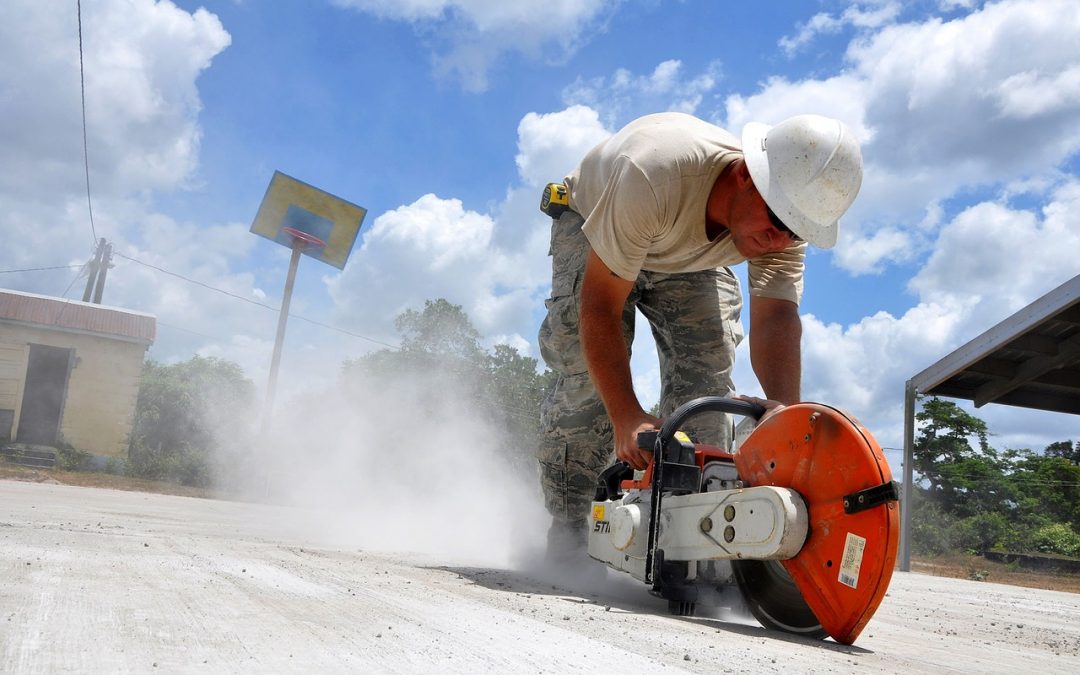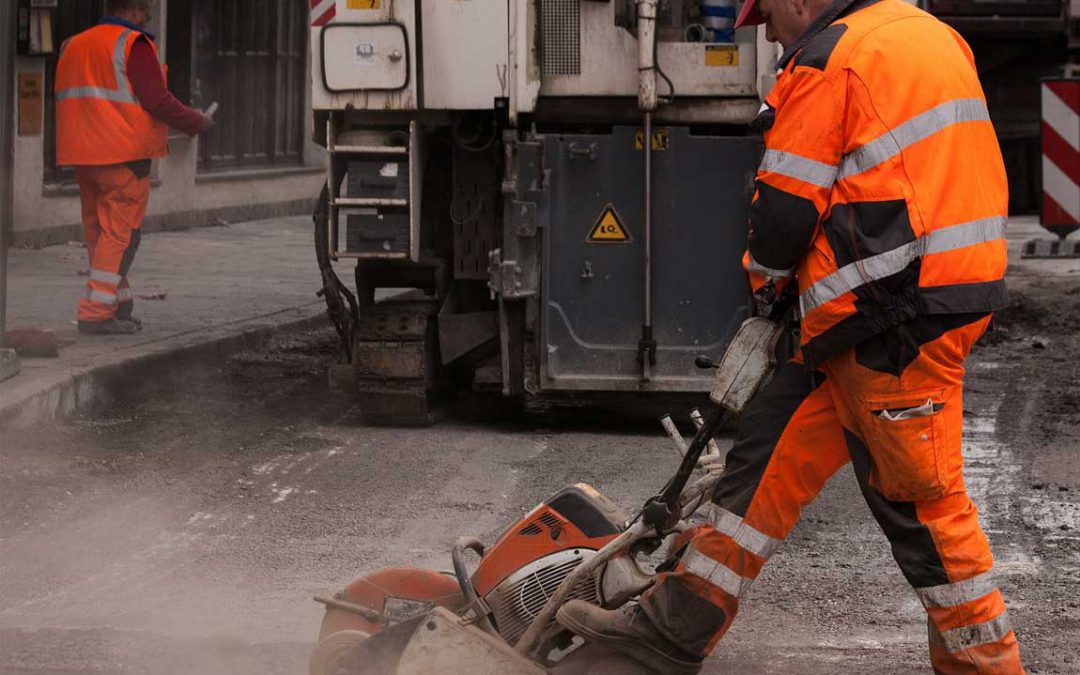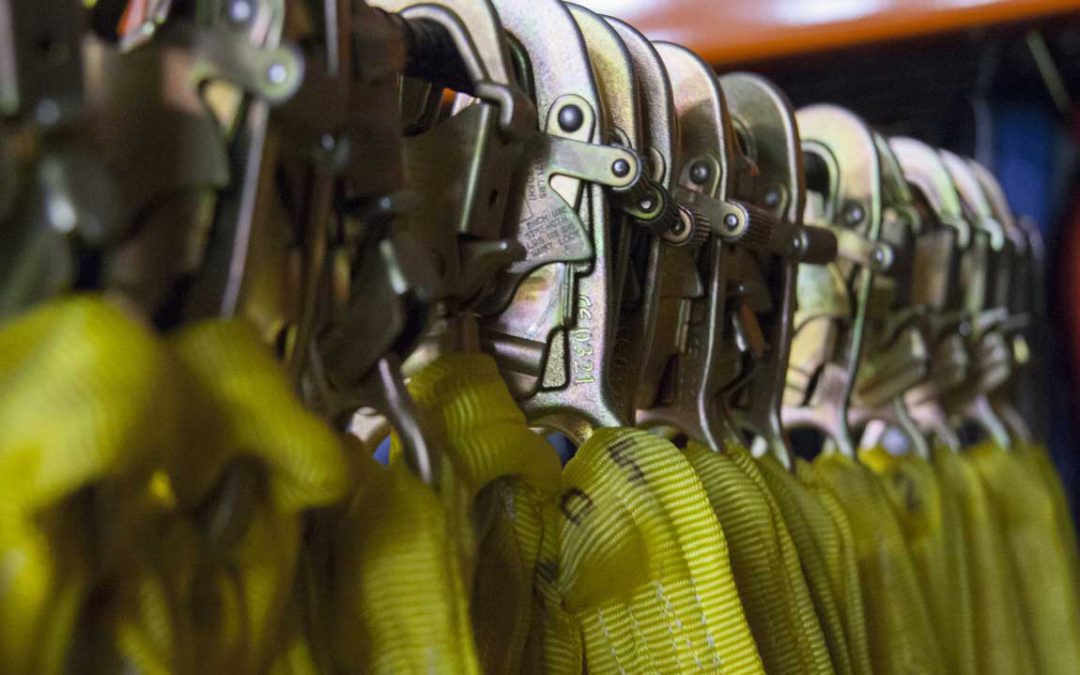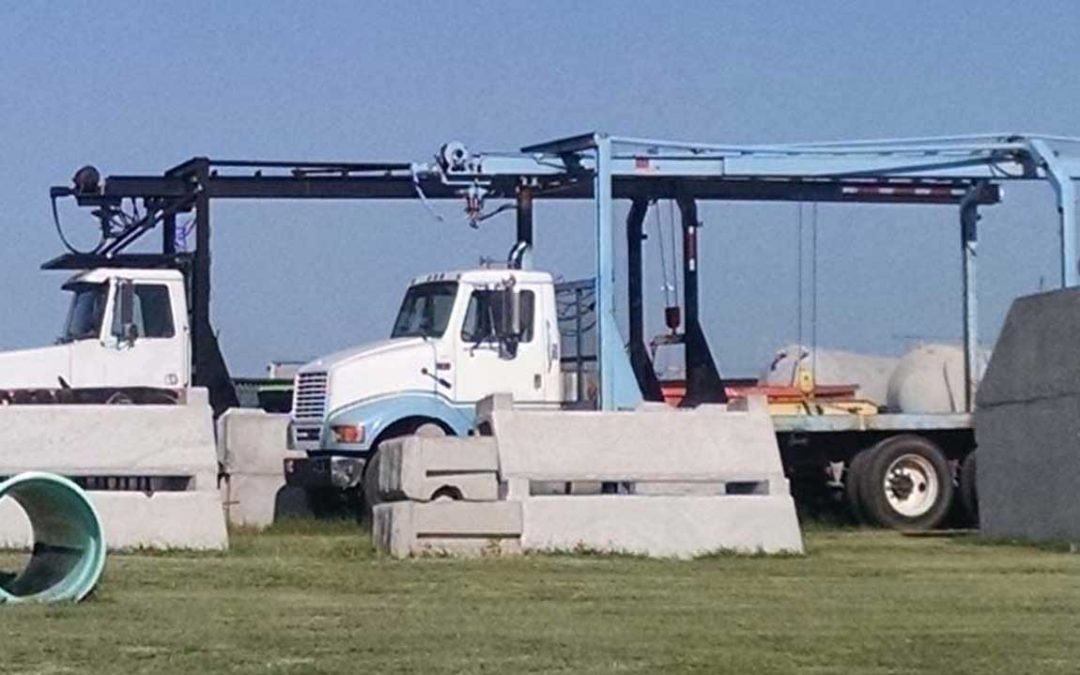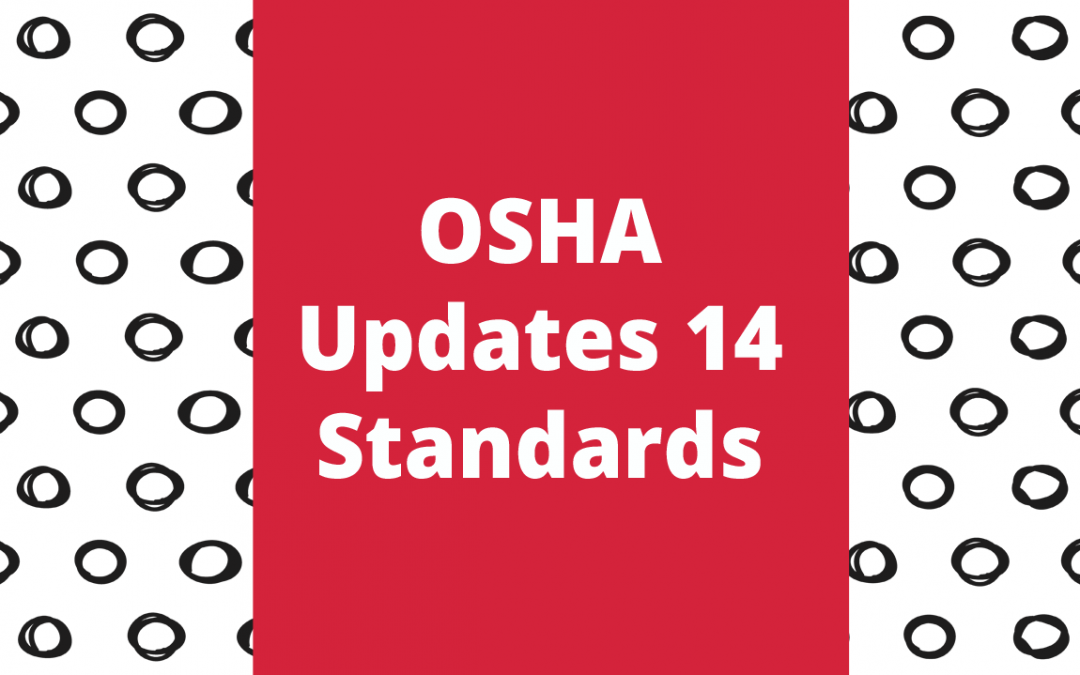
OSHA Updates 14 Standards
As part of the President’s Executive Order for agencies to improve regulations and conduct regulatory reviews, OSHA has been working on reviewing their standards to remove outdated, duplicate, and inconsistent parts of their standards. The latest round of reviews and updates, called Standards Improvement Project – Phase IV, will go into effect on July 15, 2019 and it updates 14 different OSHA standards at a projected $6.1 million/year savings.
Updates range from clarifications and deletions, to updates for current technology, to good news for cats.
![]() Social Security Numbers
Social Security Numbers
29 CFR Parts 1910, 1915, 1926
OSHA is eliminating the requirement to collect worker social security numbers in 19 of its standards. Any social security numbers already collected on previous forms can remain on those forms, and if employers want to continue to collect numbers, they may do so.
![]() Medical Services and First Aid
Medical Services and First Aid
29 CFR 1926.50
Current standards require posting of physician, hospital and ambulance phone numbers where 911 service is not available. At the time, 911 was a relatively new concept, but many of today’s 911 services for landlines can pinpoint the caller’s location. If your area has landline auto-location for 911, you no longer have to post the additional information.
However, the auto-location feature isn’t always available for cell phones in remote locations. The new rule requires employers, in areas where 911 auto-location for wireless phones is not available, to post the latitude and longitude of the current location in a conspicuous place so that emergency services may locate the worksite. Employers are also to ensure that the communication system they are relying on to use to report an emergency is working and is effective.
![]() Medical Surveillance Requirements
Medical Surveillance Requirements
29 CFR part 1910, subpart Z
Employers will no longer be required to conduct periodic chest x-rays of their employees for lung cancer purposes. This is a requirement in asbestos, cadmium, coke emissions, inorganic arsenic, and acrylonitrile standards. Medical data has been found that periodic x-rays don’t make much of a difference in reducing lung cancer. However, periodic x-rays are still required for asbestosis determinations, and initial baseline x-rays are still required as well. Digital radiographs will be allowed as well as different sizes of x-ray films.
![]() Occupational Hearing Loss
Occupational Hearing Loss
29 CFR 1904.10
The recordkeeping rule now clarifies physicians must use the standards of 29 CFR 1904.05 to make the determination if a hearing loss is work-related. Previously, employers have been able to not record hearing loss as an injury when a physician determines the loss was NOT work related. However, no guidance was given for physicians in that determination. A cross-reference from 1904.05 will be added to 1904.10 to help make that determination. Get more info on iSi’s work area noise surveys & sampling.
![]() Cotton Dust
Cotton Dust
29 CFR 1910.1043
The technology of pulmonary function testing has come a long way since 1978. OSHA will be updating the pulmonary function testing guidelines. More info on iSi’s worker sampling protocol development.
![]() Lifelines
Lifelines
29 CFR 1926.104
OSHA is changing the minimum breaking strength of lifelines from 5,400 lbs. to 5,000 lbs. to align with the most recent ANSI/ASSE standards.
![]() Process Safety Management (PSM)
Process Safety Management (PSM)
29 CFR 1926.64
Rather than having a separate PSM standard for construction, this standard will now reference the general industry standard 1910.119.
![]() Coke Oven Emissions
Coke Oven Emissions
29 CFR 1926.1129
OSHA has determined coke oven emissions does pertain to construction work, and will be deleting the standard. Any construction worker exposures to coke oven emissions will fall under the General Duty Clause.
![]() Signs, Signals and Barriers
Signs, Signals and Barriers
29 CFR 1926, Subpart G
Employers will now be required to comply with the 2009 version of the Manual on Uniform Traffic Control Devices to better align with DOT’s requirements. OSHA feels the newest version adds better safety controls. These included high visibility safety apparel, stop/slow signage (not just hand signals), the use of automated flagger assistance devices, and crashworthy temporary traffic barriers and lane channelization. Confusing language will be removed from the traffic signs section, and the barricades and definitions sections will be deleted because they’re duplicates.
![]() Materials Handling and Storage
Materials Handling and Storage
29 CFR 1926.250
Currently, posting of maximum safe load limits of floors in storage areas is required. However, in residential buildings, heavy materials are not placed in areas above floor or slab on grade. Thus, this requirement no longer applies to construction of “single-family residential structures and wood-framed multi-family residential structures.” iSi’s safety assistance services
![]() Underground Construction
Underground Construction
29 CFR 1926.800
Mobile diesel-powered equipment used in “other than gassy operations” must now meet the most current MSHA requirements of 30 CFR Part 7, Subpart E.
![]() Occupational Health and Environmental Controls, Gases, Vapors, Fumes, Dusts and Mists
Occupational Health and Environmental Controls, Gases, Vapors, Fumes, Dusts and Mists
29 CFR 1926.55
“Threshold limit values” will change to “permissible exposure limits” and references to ACGIH standards will be removed. OSHA is also cleaning up phrases such as “shall be avoided”, deleting the terms “inhalation, ingestion, skin absorption, or contact”, will change Appendix A to Tables 1 and 2, and will correct inconsistent and errant table headings, footnotes, cross references and asterisks. iSi’s workplace sampling program development services
![]() Shipyards
Shipyards
29 CFR 1915.80
Feral cats will no longer be considered vermin and thus, no longer a health and safety hazard.
![]() Rollover Protective Structures, Overhead Protection
Rollover Protective Structures, Overhead Protection
29 CFR 1926, Subpart W
OSHA is removing test procedures and performance requirements and replacing them with the current standards of ISO 3471: 2008. They will also be making some other technical error revisions.
![]() For more details about each change, read the Federal Register notice here.
For more details about each change, read the Federal Register notice here.
